Southern Europe from Ancient to Royal
Itinerary - 14 days
Day 1 - Lisbon, Portugal
Take a day to visit the capital city of Portugal, and walk on the cobblestone streets of this charming city. Don’t miss the opportunity to climb on an old yellow tram, one of the symbols of Lisbon. Enjoy a view of Lisbon from the Miradouro de Santa Luzia, go to the Belem tower and eat some delicious pasteis de nata. Wander around to the Terreiro do Paço and you can even enjoy a few hours on the beach... So many things to discover!
Day 2 - Cultural Landscape of Sintra, Portugal
Take the train from Lisbon to Sintra. Start your day by walking to the city centre of old Sintra and go inside the National Palace of Sintra. This palace has been used for centuries by royals, and you will see this by the impressive decorations and paintings. You might be surprised by the two white kitchen chimneys.
Start walking up the hill towards the Moorish castle. This mediaeval fortification used to be a watchtower and you will understand why when you see the outstanding view you get when you’re on the top. You can hike towards the Park and National Palace of Pena. You must first be warned that the hills can be very steep, but every step is worth it. The Park is impressive with its many different species. You can see the influences of Romanticism, with the little ponds, benches and grottos. You will be astonished by the bright colours of the Palace, especially when the sun shines. The view from up there is truly magnificent, but so is the Palace of Pena.
Carry on the adventure in the Park and walk to the Stables at Pena Farm, where you can do many activities such as riding horses in the Park of Pena, and of course watching farm animals. You can also opt for a cart tour in the Park of Pena on the route between the Valley of Lakes and the Chalet of the Countess of Edla, passing through the Pena Farm and the Garden of the Countess of Edla. If cart tours are not your thing, you can easily go to the Chalet and Garden of the Countess of Edla by foot.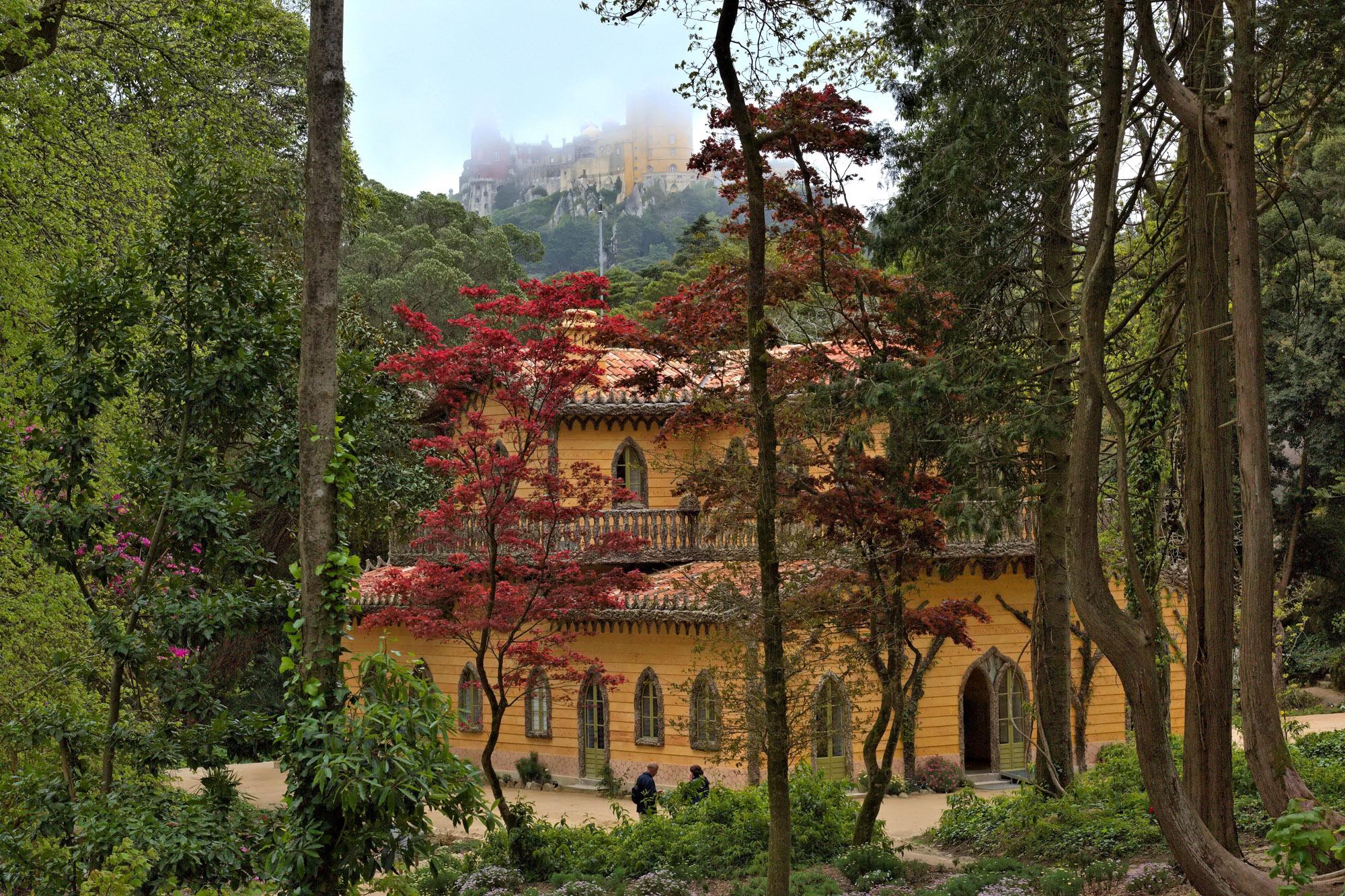
Day 3 - Sintra
Start your day by a tour in the Quinta da Regaleira. The gardens are charming and you can always find restful places which will give you the impression of being alone in an enchanting garden. You can even cross ponds on stones, see beautiful statues and fountains, walk along the Gods promenade… You cannot miss the initiation well: a 27 metre-deep subterranean tower, which you can climb up after walking through an underground walkway. What more could make you feel as if in a fairytale?
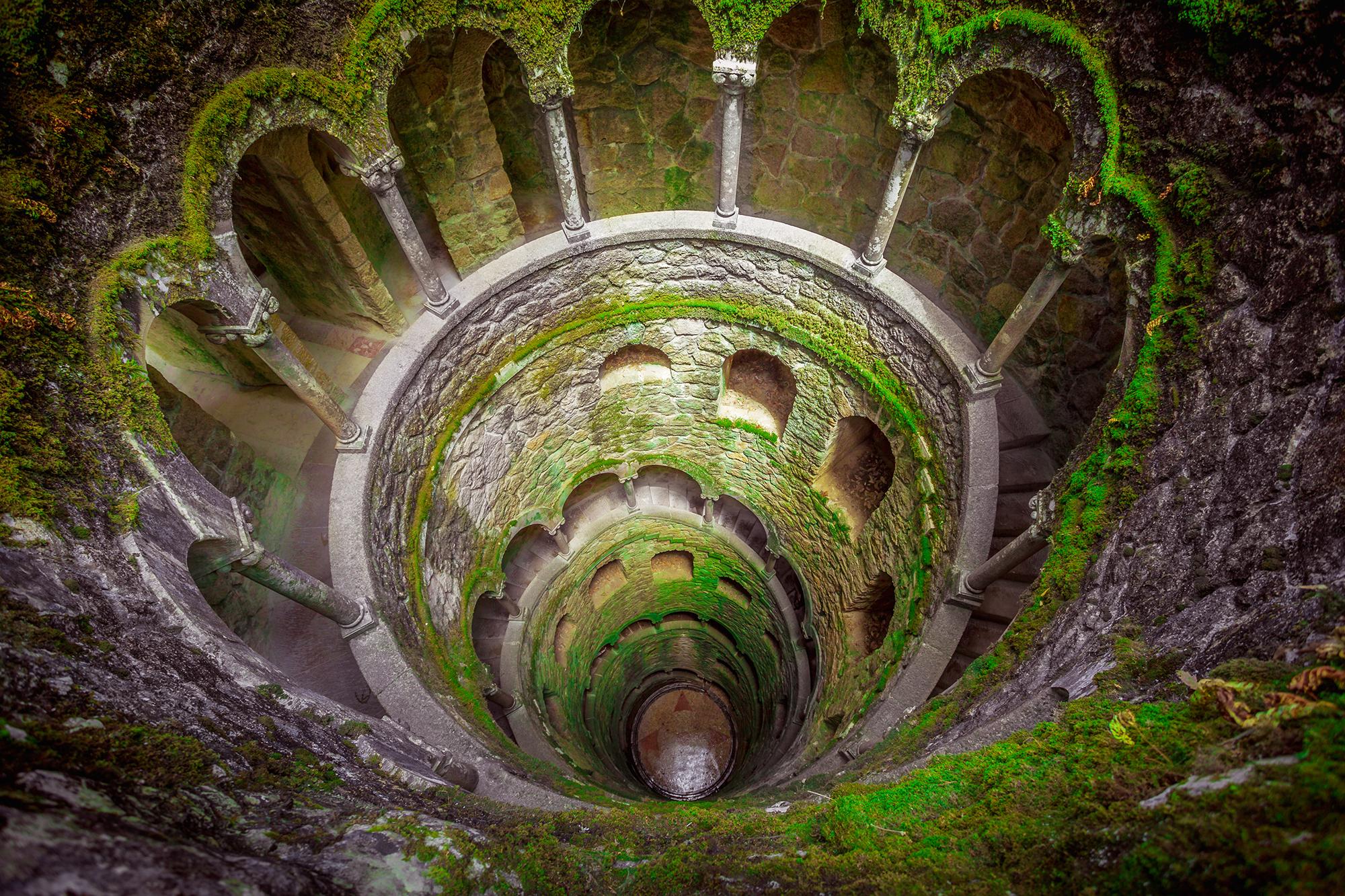
After this magical place, go back into the enchanting gardens of the Pena Park towards the Park and Palace of Monserrate. The Romantic architectural style of this estate is unique with a combination of Gothic, Indian and Moorish styles.
If you still have some time ahead of you, take a train and get off at the Monte Abraão train station to go and visit the National Palace and Gardens of Queluz. This royal residence saw many important Portuguese historical figures within its walls.
It is recommended to take the train from Sintra to Lisbon and then take the night train from Lisbon to Madrid. It will take 11h, but at least you will be fresh and ready to start your day in Madrid.
Day 4 - Madrid, Spain
If the Portuguese fairytale came to an end, other amazing places in Spain are waiting to be discovered.
You will wake up in the vibrant capital city of Spain, Madrid. There are many places to visit, so you will have to decide what would suit you best. Among the amazing places to go to, you can’t miss the El Retiro Park, the Royal Palace, the Plaza Mayor, Puerta del Sol, Cibeles Foutain. But there are many impressive museums too; the Prado Museum, the Thyssen-Bornemisza museum, the Reina Sofia Museum…
Day 5 - Aranjuez Cultural Landscape, Spain
From Madrid, take the 19th century steam-driven Strawberry Train to Aranjuez, the spring residence of the kings and queens of Spain.
Head first to the Royal Palace and you will see how royals lived in the summer. You can then explore the manicured Island Garden and Parterre Garden. The Island Garden is surrounded by the Tagus River and an artificial estuary.
You can then walk to the Anglo-French style Prince’s Garden. You will understand why this was the royal summer residence when you take a walk in the garden. Explore the Casa del Labrador and admire the rich interior decorations.
Before the sun sets, you might want to rediscover Aranjuez in a unique way: in a hot air balloon! You will be amazed by both the buildings and the gardens from up there!
Day 6 - Aranjuez Cultural Landscape, Spain
Aranjuez is not only defined by the palace and gardens. Today, you will walk off the beaten paths to get a glimpse of this place through the eyes of a local. You will start by going to the Plaza de Toros, which was built in 1796! It is still in the Plaza that traditional events are celebrated among locals. You can then walk a big tour around the royal property and cross the river towards the Cortijo de San Isidro. The Cortijo de San Isidro is a hamlet within the municipal boundaries of Aranjuez and was established in 1766 as a model of agricultural exploitation.
Then, you can admire the historical groves and orchards. These were collected to entertain the king and the royal court. They are arranged in a very singular geometric pattern designed for walks. To finish up your day, you can take a tour boat upstream for an enchanting journey on the Tagus River, unless you are more comfortable on a canoe.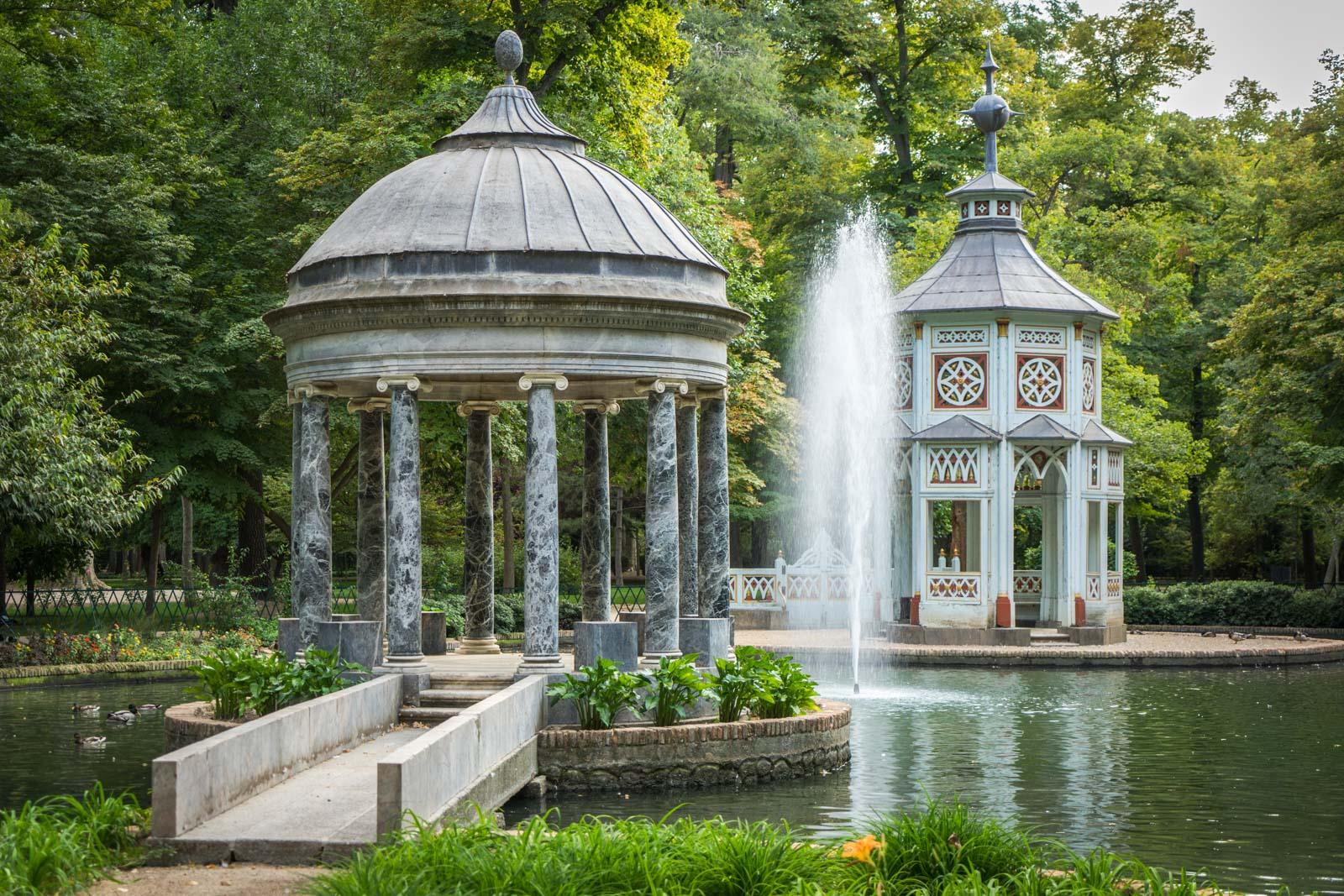
Make sure to have at least one (or every) meal in a local restaurant: the food here is delicious and royal.
Day 7 - Barcelona, Spain
Go back to Madrid and then take a train to Barcelona: 2h30 will go very fast.
Take the day to visit this buzzing city: the Sagrada Familia, Parc Guell, la Casa Batlló and la Casa Milà, la Rambla, Barceloneta, the beaches… so much to do!
Day 8 - Tarragona and the Archaeological Ensemble of Tarraco, Spain
Take the train from Barcelona to Tarragona, for less than an hour. Before you arrive, check out two useful apps you might want to download; one is aimed at guiding visitors with sight or hearing impairments, the other one called Imageen app recreates 3D images of the places you are visiting to give you an idea of what they looked like many centuries ago.
Romans left many traces in this ancient city. The first one is the Roman Amphitheatre that was used for entertainments (including bloody fights!) and executions. With its capacity of 14,000 spectators, it was a central monument in the 2nd century AD.
You can then walk on the beach and relax while admiring the beautiful view that Romans once admired many centuries ago! Walk towards the port and go to a local fish restaurant.
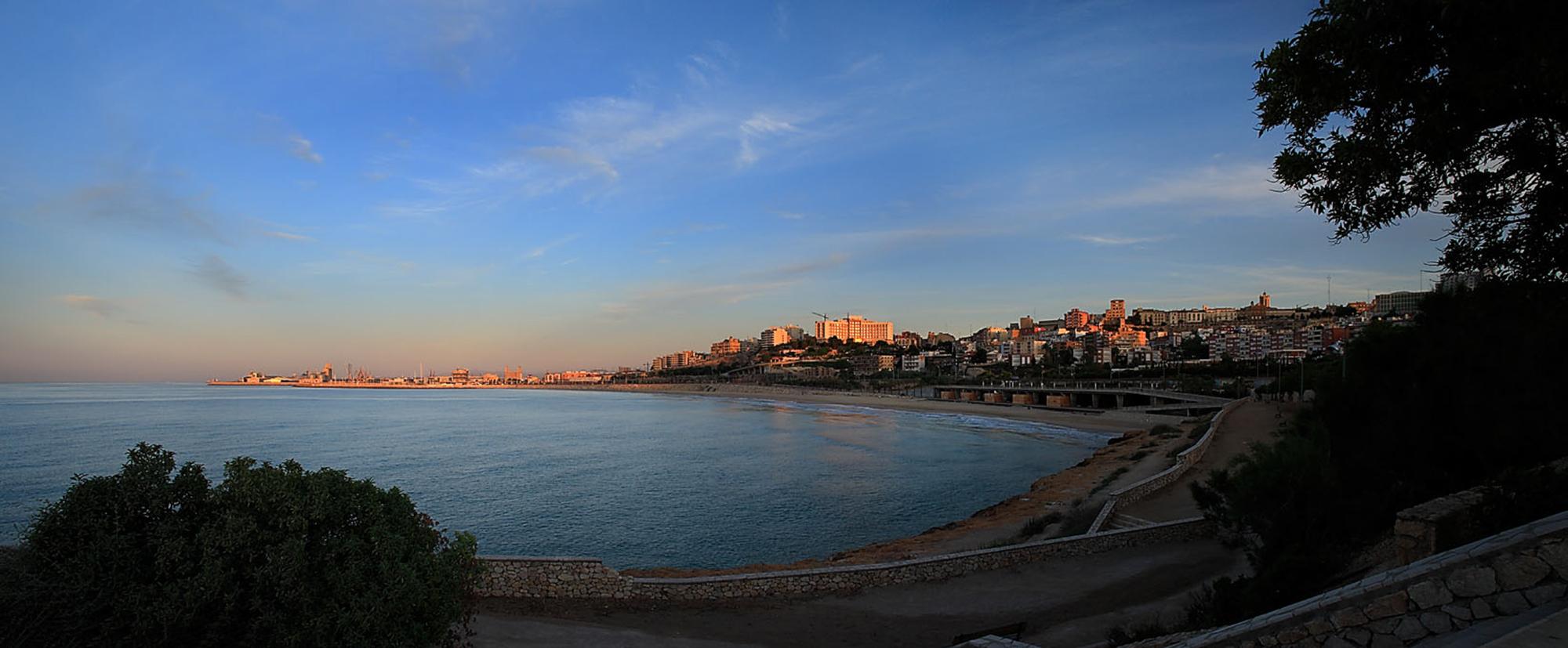
You can then walk through the alleys of the central Market of Tarragona; the colours, smells and smiles will welcome you in harmony. Then, head towards the Rambla and walk down the Rambla Nova towards the sea. Here stands the Balco del Mediterrani, the balcony of the Mediterranean overlooking the sea. This is one of Tarragona’ symbol and according to legend, touching it brings good luck…
Walk back to the centre into the Pratorium and Roman Circus. The Circus used to hold horse and chariot races, where 30,000 spectators could attend. If you want to have an idea of what Roman Tarraco used to look like, you can see a miniature reconstruction of 2nd century Tarraco. You will see how different it looks compared to today! Your next move will be at the Provincial Forum, the former centre of administrative powers of the Tarragona Province. Only a few walls remain in today's plaza as evidence from the past.
You can end up this afternoon with a visit to the Cathedral and Diocesan Museum which are only a few metres away. This will give you a more modern sight of the history of the city with the 12th – 14th century Cathedral. You will see masterpieces in both the Cathedral and Museum. You can take this opportunity to climb up the Tarragona watchtower where other than the amazing view, you will see the monk’s room and the clock room.
Day 9 - Tarragona and the Archaeological Ensemble of Tarraco, Spain
If you are here between June and October, you will have the chance to assist to the formation of the castells. These human towers can be very high up and are beautiful thanks to the colours worn by each group of participants. Competitions are organised as to see which one is the highest, which is very impressive.

If you want to have a look at some other places nearby, you can rent a car or take a bus to go to Hort de la Sínia, to enjoy spa treatments out of the city. It is an ecological farm which uses natural treatments and medicinal herbs for a therapeutic relaxation. Once you have released your stress, you can also see one last monument closer to Tarragona; the Pont del Diable in the Eco-historical Park, built during the 1st century AD. A good excuse to go for a walk in the surrounding nature.
Take your train back to Barcelona. But if you have the possibility, make a stop at Sitges for an amazing warm swim in the Mediterranean. Then take the train to Nimes.
Day 10 - Nîmes, France
Take this day to visit Nîmes, an old Roman colony with many monuments that witnessed this presence. The very well-preserved amphitheatre, the Tour Magna, the Castellum Aquae and the Jardins de La Fontaine, are some of the many places to go to in Nîmes.
In the afternoon, you can rent a car and drive to the Mas des Tourelles, to see how grape used to be harvested by the Romans. If you are there at the right time, you might even see women and men trampling on the grapes to extract the juice used for wine production.
Day 11 - Pont du Gard, France
Wherever you are, it might be easier to take a car since there are a lot of small villages and it will be easier to move around. Head towards Pont du Gard. Be prepared to be amazed by this beautiful standing aqueduct even after centuries of history. The nature surrounding it is almost untouched, as if nothing had changed since Antiquity. Take a tour up the 50 metres on the third level of the bridge. Then take a look at the interactive museum, where you can learn about the history of the Roman aqueduct. Walk on the 1.4 km trail “Memoires de garrigue”, where peace and tranquility blends well with history. You can even just decide to relax by the river for a while.
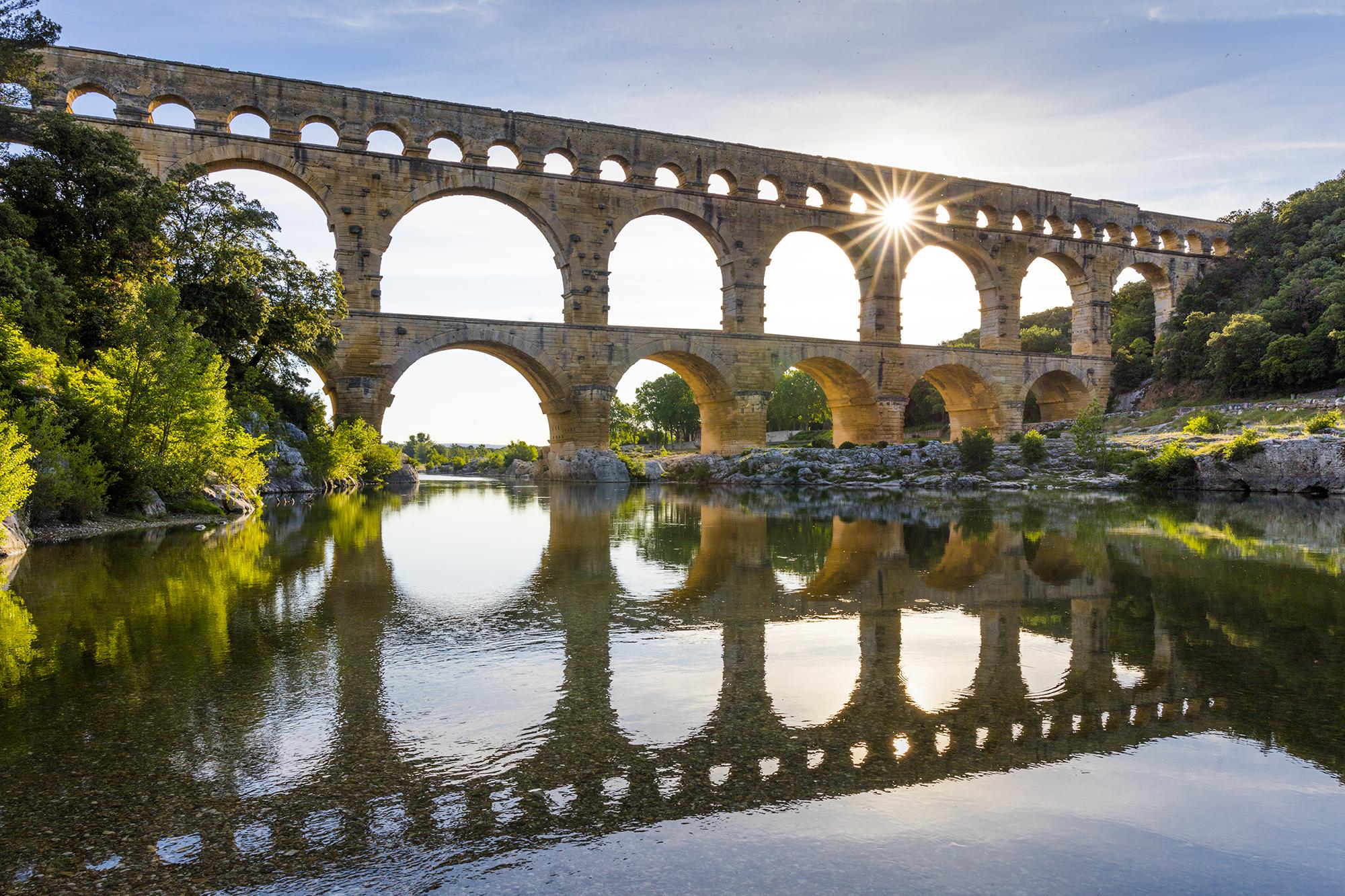
Pursue the walk by going west towards the protected area of the Gorges du Gardon. The prehistorical landscapes are spectacular and offer many activities; hiking, canoeing, cycling… breathtaking!
Once the hiking is over, visit some of the nice villages surrounding the Pont (there are 17 suggestions). The architecture, traditions, landscapes are truly enchanting and unique. These are authentic villages of the South of France.
If you are visiting in June, you have to go back to the Pont du Gard before the night falls, to see the sun setting but most of all to witness the incredible Fééries du Pont. This great fireworks show is exceptional and will make you see the Pont with a new perspective. Even if you are not there in the summer, the Pont is illuminated in the evenings and worth another visit.
Day 12 - Pont du Gard and its region
Drive to Uzès. This historical city used to be the point of departure of the aqueduct that brought water up to Nîmes, crossing the Pont du Gard. You can even find the remains of the canalisation system which was in use until the 6th century. Uzès has also a very mediaeval character which you will see by wandering in the streets, and by looking up the three mediaeval towers. If it's market day, go and have a look!
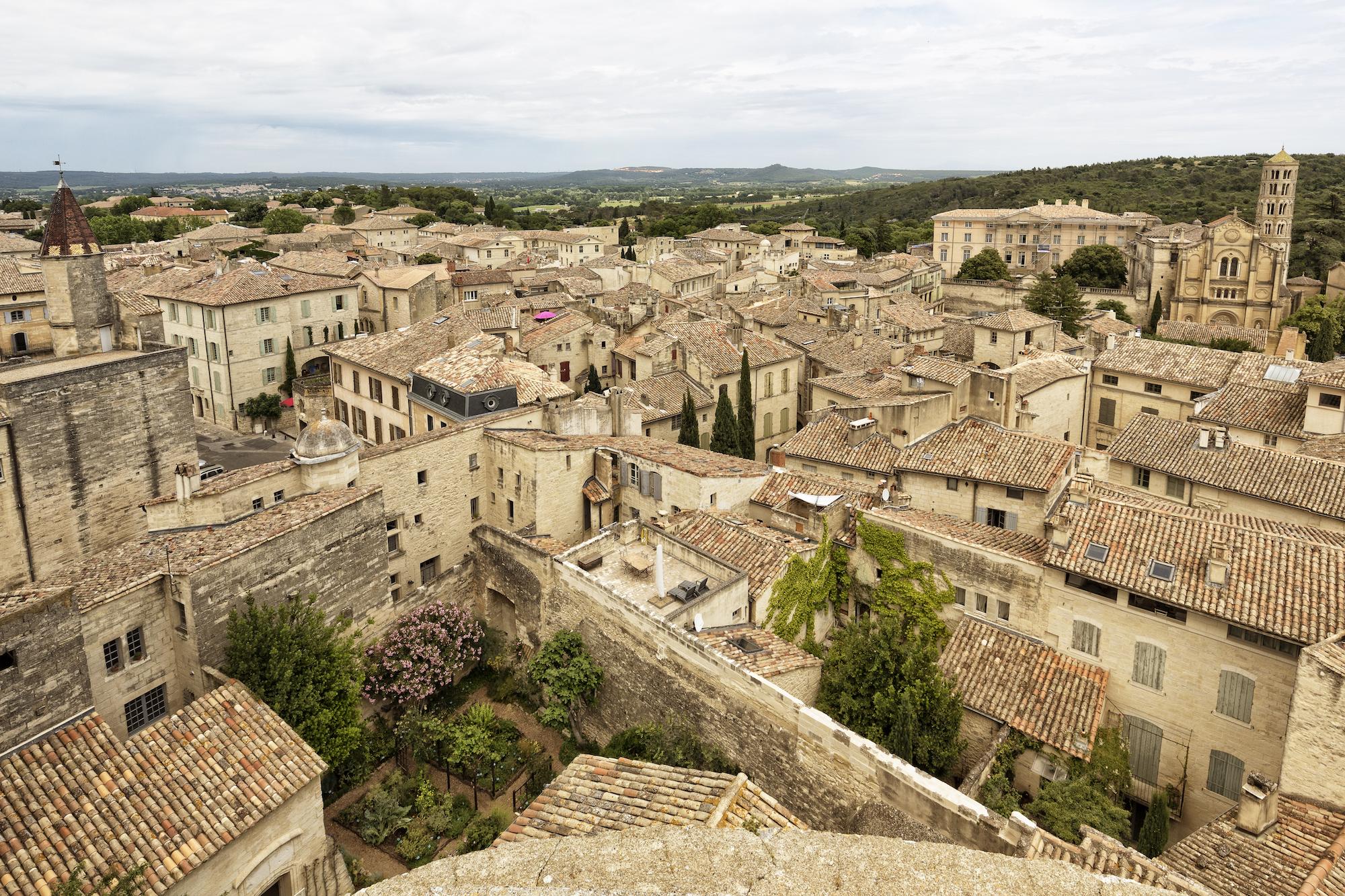
You can then drive to Saint Quentin la Poterie, only 5km away. You can visit a museum dedicated to Mediterranean pottery and explore the ceramic industry of the region. Perfect timing to buy some souvenirs in one of the village’s shops!
For your remaining time in the region, do not hesitate to go to another one of the inscribed World Heritage sites of the region: Camargues and Cevennes, Abbatiale of Saint Gilles, Great site of France and Pont d’Arc Cavern, Arles or Avignon…
Days 13 & 14 - Paris, France
Take the train to Paris and visit the city of Lights and love. There are many beautiful monuments to visit or just admire: the Eiffel Tower, Louvre museum, Notre Dame de Paris Cathedral, Arc de Triomphe, Orsay Museum, the Champs Elysees, Garnier Opera, and so many other places…
